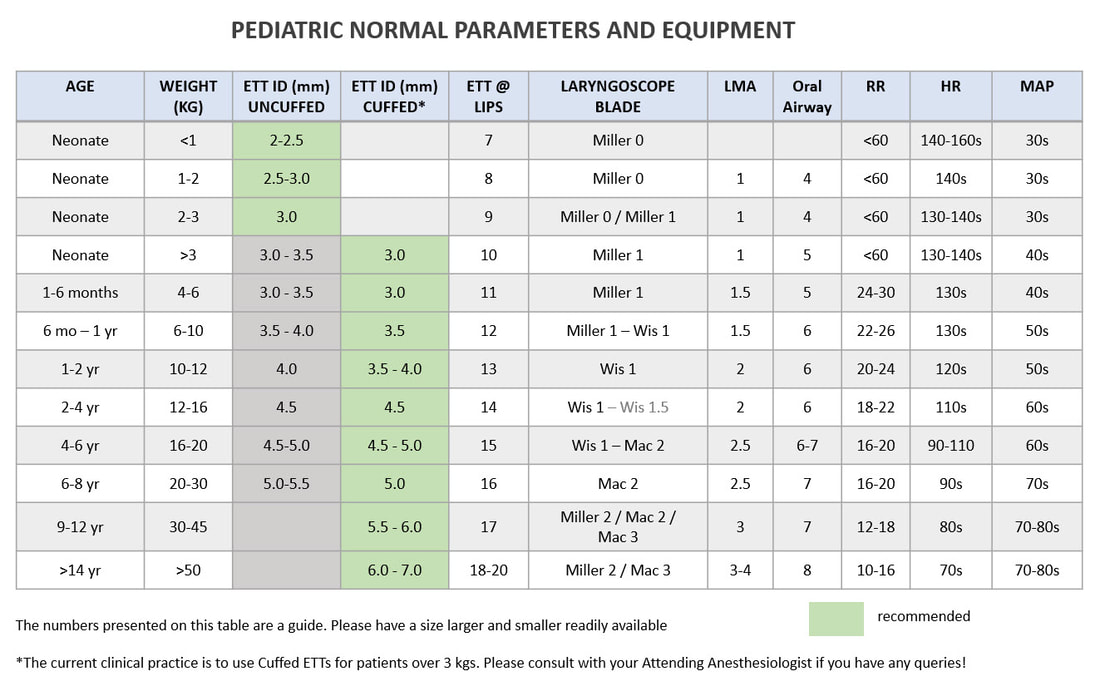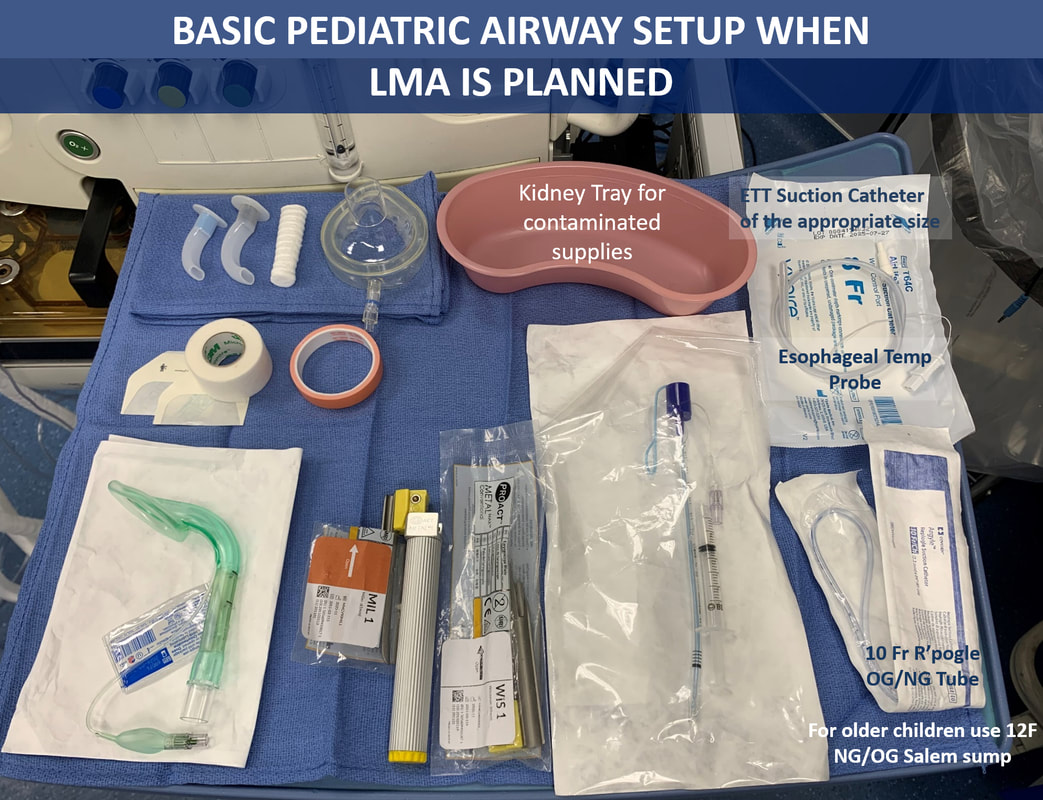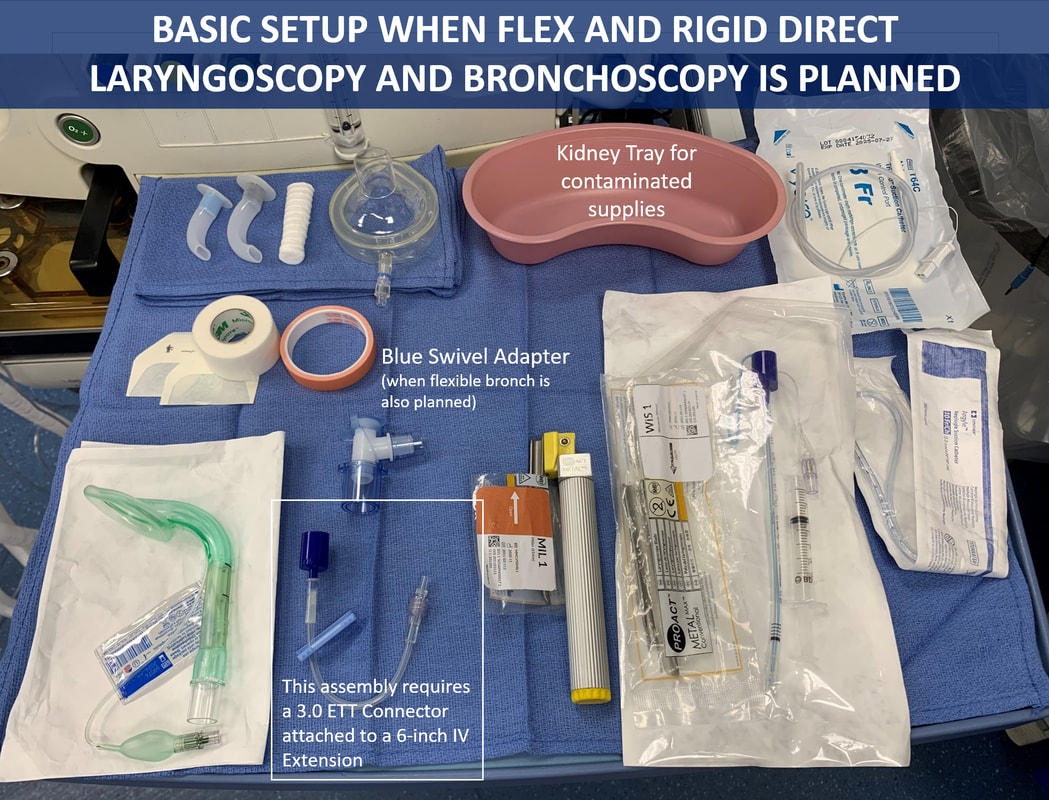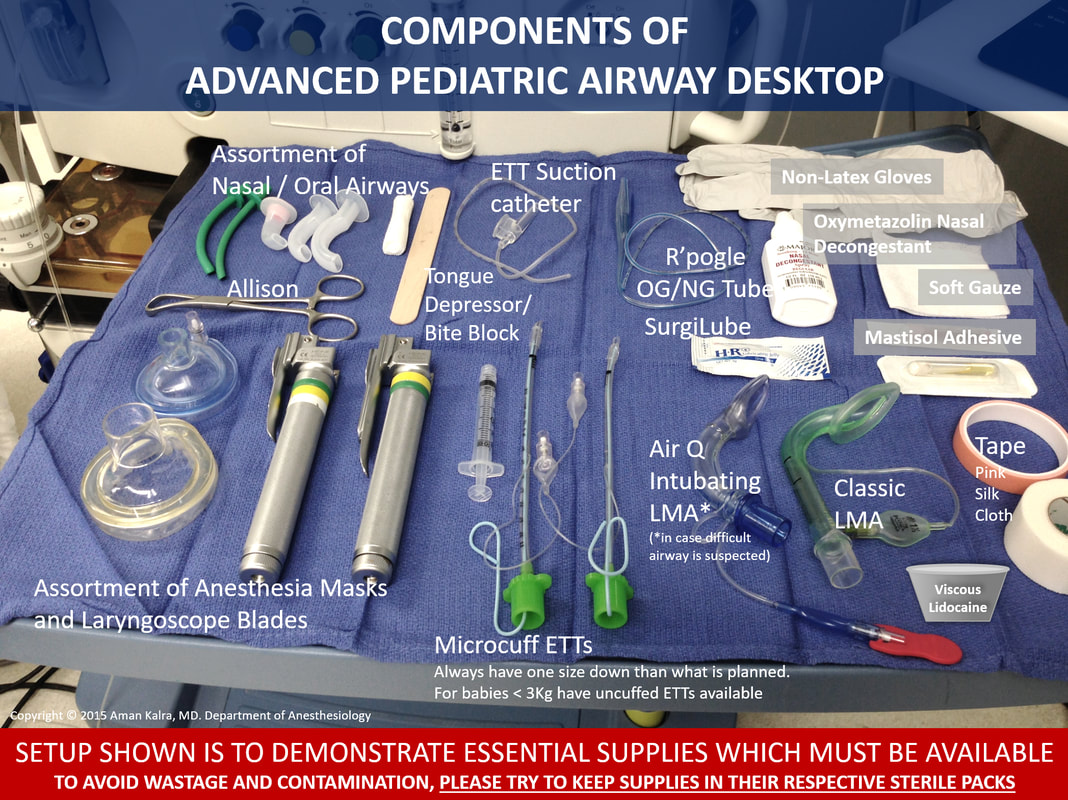
|
|
- HOME
-
General
- About
- Pediatric Anesthesia Fellowship Program
- Pediatric Anesthesia Resident Rotation - Goals and Objectives
- Fellowship Orientation (password required)
- Fellowship Goals and Objectives
- GME Policies (password required)
- Milestones
- Revised Case Logs
- Case Minimums
- Fellow Index Cases
- Pediatric Anesthesia Certification Examination
-
Clinical Information
- What makes Pediatric Anesthesia Different?
-
Pediatric OR Setup HOME
>
- STEP-2 PEDI OR SETUP - BREATHING CIRCUIT
- STEP-3 PEDI OR SETUP - SUCTION
- STEP-4- PEDI OR SETUP - OR TABLE AND PROPS
- STEP-5- PEDI OR SETUP - MONITORS
- STEP-6 PEDI OR SETUP - AIRWAY SETUP
- STEP-7 PEDI OR SETUP - MEDICATION DESKTOP
- STEP-8 PEDI OR SETUP - IV TRAY AND LINE
- STEP-9 PEDI OR SETUP - ACCESSORIES
- STEP-10 PEDI OR SETUP - SUMMARY
- The Pediatric Anesthesia Cart
- Pediatric Normal Parameters and Equipment
- Premedication
- Drug Library
- Standard Drug Dilutions in the Pediatric OR
- Pediatric Airway Management >
- Pediatric IV Insertion Technique
- Perioperative Fluid Therapy >
- Blood Transfusion Therapy >
- Clinical Practice Guidelines
- Single Lung Ventilation (SLV) Techniques
- Regional Anesthesia >
-
PEDI STAT
- PALS ALGORITHMS
- Newborn Resuscitation Algorithm
- PALS Cardiac Arrest
- PALS Tachycardia with a pulse and poor perfusion
- PALS Bradycardia with a pulse and poor perfusion
- Cardioversion / Defibrillation
- Laryngospasm
- EZ-IO Intraosseous Infusion System
- Hyperkalemia
- Anaphylaxis
- Malignant Hyperthermia
- Society for Pediatric Anesthesia - Pedi Crisis® Critical Events Checklist
- Case Primers
- Multimedia Library
- Pediatric Anesthesia Handicraft
- Robert N Reynolds, MD Award
- Disclosure Notice
- COVID-19 RESOURCES
OR SETUP - STEP 6
Prepare Airway Desktop
A. Essential Components of a Basic Pediatric Airway Desktop
The image below shows all the components of a Basic Standard Pediatric Airway Desktop. All these supplies must be readily available. Leave Guedel airways, suction catheters, R'pogle NG/OG tubes, extra ETTs in their original packing to prevent wastage and contamination. Only one pediatric handle needs to be out on the desk. The other can stay in the drawer.
These essential supplies are listed below:
These essential supplies are listed below:
- Pedi Laryngoscope Handle
- 2 Pedi Laryngoscope Blades based on age and size of patient (leave secondary blade in package)
- Guedel Oral Airway. Have multiple sizes available. (leave in package)
- Anesthesia Masks (have at least 2 sizes available)
- Microcuff ETTs with 3cc syringes for cuff inflation. Have additional smaller sizes ETTs available (leave in package)
- 10F Repogle NGT (for infants) or 12 Fr OG/NG (older children) for rapid gastric decompression. (leave in package)
- ETT suction catheter of the appropriate size (6, 8. & 10F). Note that only size 6F passes through 3.0 ETT
- Esophageal/Rectal Temp Probe (available in two sizes: 9 and 12F)
- Pink and White Silk tape.
- A Special 3M White Cloth Tape is used to secure ETT when post op intubation is planned.
- Mastisol adhesive. (leave in cart)
- 3M Micropore Paper Tape and Tegaderm x 2
- Pediatric Bite Block. Small and medium sizes available. (leave in package)
- Tongue Depressor (leave in package)
- Kidney Tray for keeping contaminated supplies
B. Examples of Other Basic Pediatric Airway Setups
C. Components of Advanced Pediatric Airway Desktop Setup when Difficult Airway in Suspected or Known
Copyright © 2014. Aman Kalra, MD Clinical Professor of Anesthesiology, Department of Anesthesiology and Perioperative Medicine (Author, Illustrator and Web Designer)
800 Washington Street, Box 298, Tufts Medical Center, Boston, MA 02111. USA
800 Washington Street, Box 298, Tufts Medical Center, Boston, MA 02111. USA
LAST UPDATED November 26th, 2023






